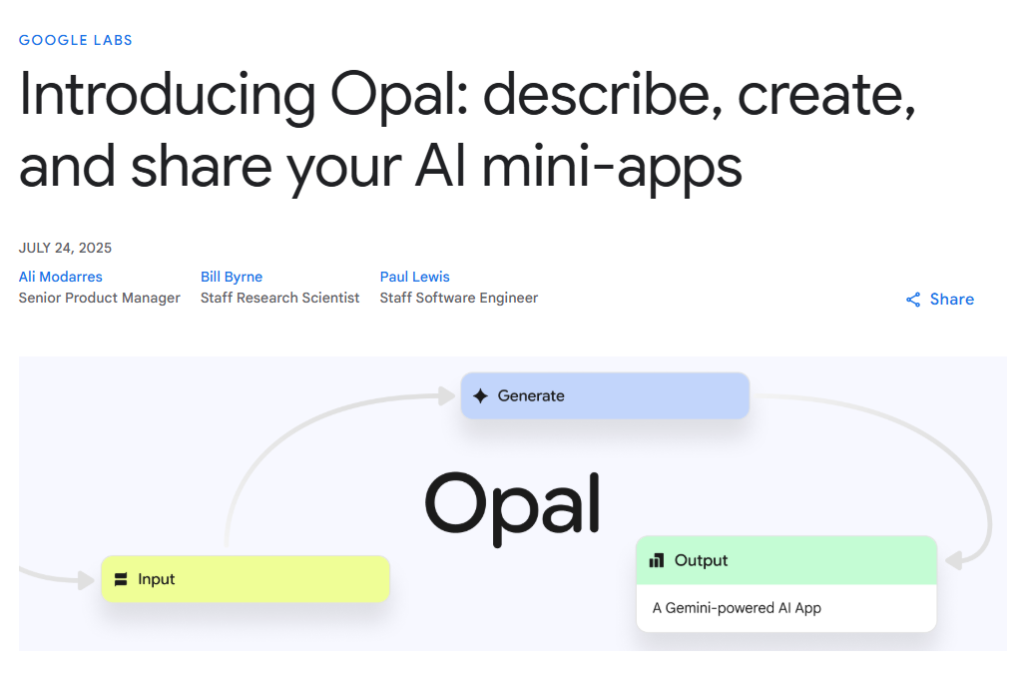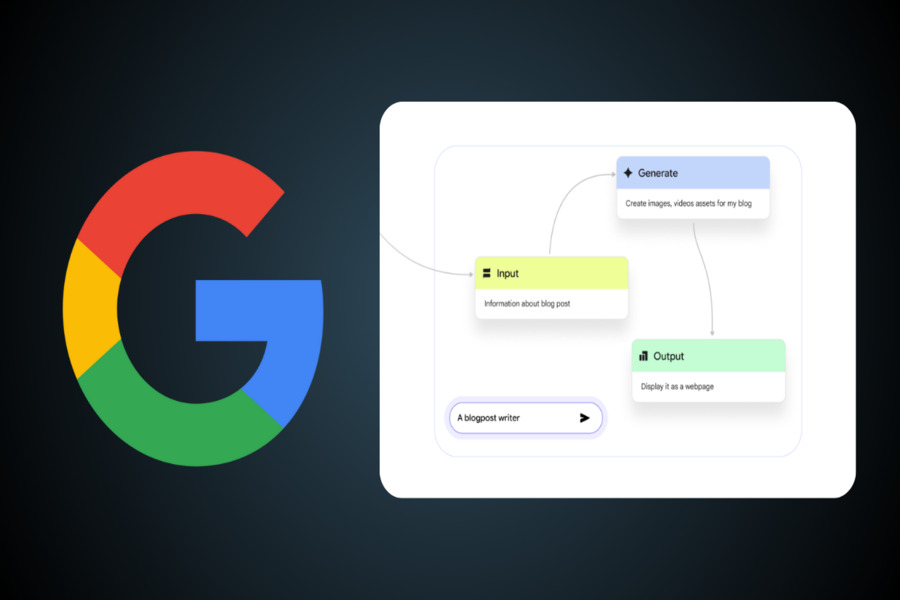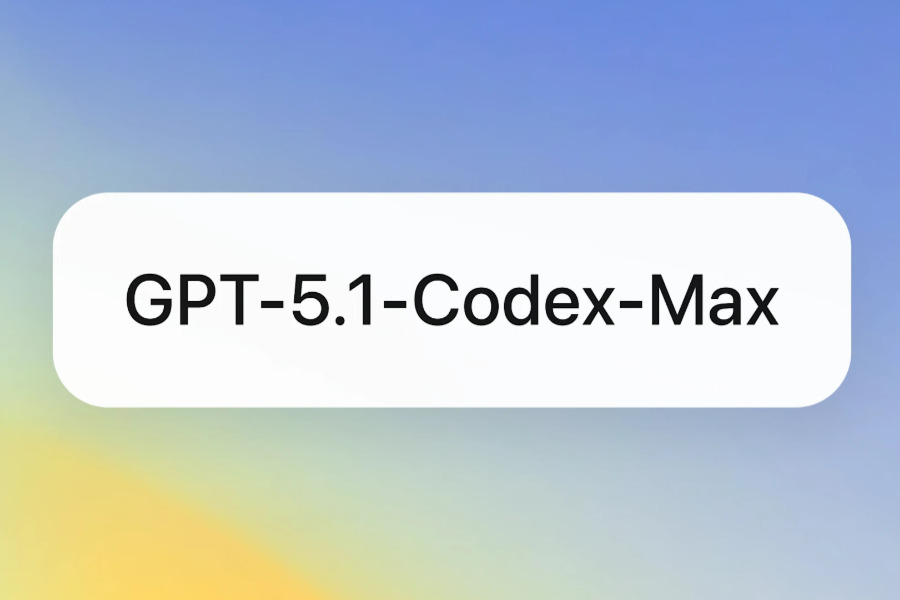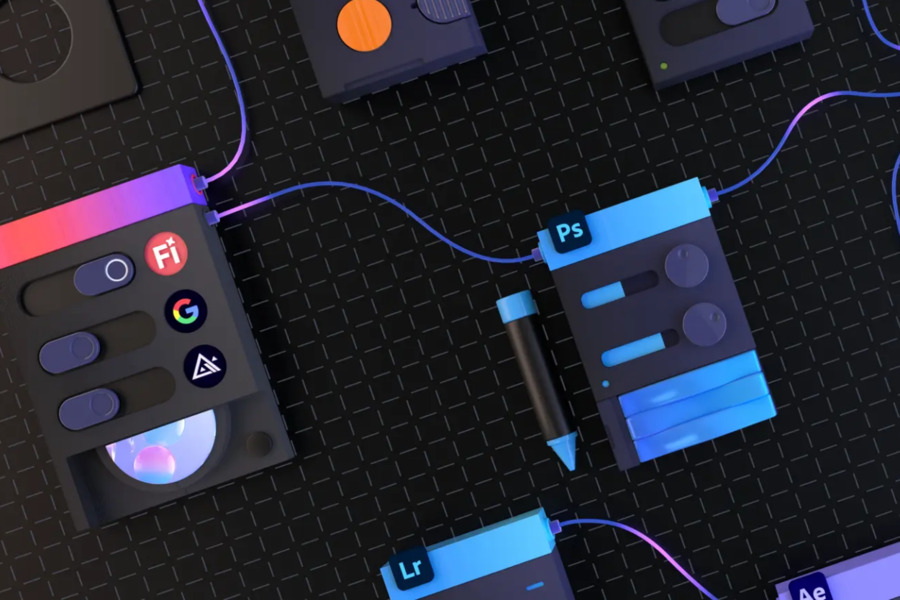Google Labs’ Opal, the tech giant’s newest experimental platform, has officially debuted—enabling anyone to create fully functional AI applications using nothing but natural language. This revolutionary no-code tool allows users to build and share AI-powered “mini-apps” through simple text descriptions, image uploads, or even video prompts, eliminating traditional coding barriers.
At the heart of Google Labs’ Opal lies seamless integration with Google’s powerful Gemini models, which automatically transform plain English instructions into complete AI workflows. The system presents these generated processes in an intuitive visual editor, where users can fine-tune each component without technical expertise.
This breakthrough makes sophisticated AI development accessible to students, artists, entrepreneurs, and professionals alike—all through an interface as simple as having a conversation.
How Google Labs’ Opal Works
At its core, Opal combines natural language processing (NLP) with a user-friendly interface to streamline AI app creation. Here’s how it functions:
- Input Description – Users describe their desired application in plain English (e.g., “Convert photos into Minecraft-style pixel art”).
- AI Workflow Generation – Opal interprets the request and constructs a step-by-step AI process using Gemini’s multimodal capabilities.
- Visual Editing – The generated workflow is displayed in an editable format, allowing users to tweak prompts and refine outputs.
- Execution & Sharing – Once finalized, the app can be executed within Opal or shared via cloud-based deployment.
This approach significantly lowers the barrier to entry for AI development, enabling educators, marketers, artists, and entrepreneurs to harness AI without prior coding experience.
Who Can Benefit from Google Labs’ Opal?

Opal’s versatility makes it useful across multiple industries:
1. Content Creation & Digital Art
- Generate stylized images (e.g., “Turn my portrait into a Renaissance painting”)
- Automate meme or social media post generation
- Enhance photo editing with AI-powered filters
2. Business Automation
- Build custom chatbots for customer support
- Create data processing workflows (e.g., “Extract key insights from these spreadsheets”)
- Develop AI-driven marketing tools (e.g., “Generate ad copy variations”)
3. Education & Prototyping
- Teach AI concepts through hands-on experimentation
- Rapidly prototype app ideas without backend development
- Enable students to create AI projects without coding
Early adopters on social media have already demonstrated Opal’s potential, sharing examples ranging from AI-generated comic strips to automated scriptwriting assistants.
How to Access Google Labs’ Opal
Currently, Opal is in public beta, but access is restricted to users with a U.S. IP address. Despite this limitation, some international users have reported success with VPN workarounds.
Google Labs has confirmed that they are actively gathering feedback to improve stability and functionality. A global rollout is under consideration, though no official timeline has been announced.
Why Opal Matters in the AI Landscape
Google’s launch of Opal reinforces its commitment to democratizing AI technology. Unlike traditional development platforms that require programming expertise, Opal empowers non-technical users to innovate with AI—bridging the gap between conceptual ideas and functional applications.
Additionally, Opal strengthens Google’s position in the competitive AI market, complementing its Gemini model ecosystem. By integrating multimodal AI capabilities into a no-code interface, Google is setting a new standard for accessible AI development.
Conclusion on Google Labs’ Opal
Google Labs’ Opal represents a paradigm shift in how AI applications are built. By removing coding barriers and emphasizing natural language interaction, it opens doors for a broader audience to experiment with AI.
As the platform evolves, we may see an explosion of user-generated AI tools—further accelerating innovation across industries.
What would you build with Opal? Share your ideas in the comments!



